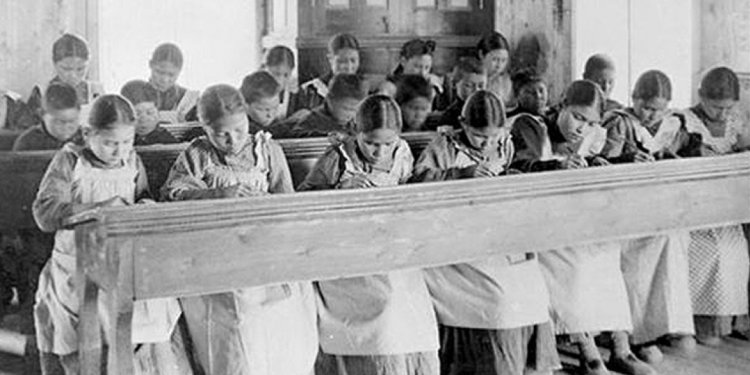
Aboriginal cultures in Canada
In Canada, the term Aboriginal peoples relates to very first countries, Métis and Inuit. Aboriginal folks are the first inhabitants of the land that is now Canada. Last year, there have been significantly more than 1.8 million Aboriginal people living in communities through the entire country. Their particular history dramatically predates the arrival of European settlers. Though seriously threatened — and in specific instances extinguished — by colonial causes, Aboriginal culture, language and personal systems have formed the development of Canada, and consistently grow and flourish despite extreme adversity.
Aboriginal Peoples – Cultural Places
Aboriginal peoples, both historic and contemporary, in North America can be divided in to 10 social places: Arctic, Subarctic, Northwest Coast, Plateau, Plains, Eastern Woodlands (often described as the Northeast), Southeast, Southwest, Great Basin, and California. Just the very first six places are observed in the borders of understanding today Canada. Contemporary geopolitical borders in North America cannot reflect (and often overlap) old-fashioned Aboriginal places. For example, the Mohawk Nation at Akwesasne straddles both provincial (Quebec and Ontario) and international (New York State) borders, as its existence predates the establishment of the international border in 1783.
These areas are based on linguistic divisions very first defined because of the ethnologist and linguist Edward Sapir in 1910, as he was head associated with the Anthropology Division at Geological research of Canada, which later became the Canadian Museum of Civilization. Sapir’s geographic framework had been used by the Smithsonian Institution’s 1978 Handbook of united states Indians, and continue being used commonly in grant. The Handbook says that these groups are “used in organizing and referring to information about contiguous teams that are or were comparable in culture and history, ” but it is vital that you remember that these delineations aren't tangible, and neighbouring peoples constantly share some similarities plus some variations. As opposed to representing ten distinct countries, these places reflect geographical and social groupings being liquid and frequently intermixed. In addition, contemporary Aboriginal peoples may live far from their ancestral homelands, as well as may form brand new communities grounded in metropolitan centres in place of traditional lands. These cultural places tend to be massive and general; understanding true of part isn't always real associated with whole. Some sources further divide the Eastern Woodlands in to the Great Lakes and Northern Woodland regions, while some combine the Northeast and Southeast areas into just Woodlands, and as such you have to perhaps not assume that every individuals in a cultural area shared the same experiences.
The ethnologists, archaeologists and anthropologists on whoever study these articles count were usually maybe not Aboriginal themselves . Though much of this analysis ended up being done through interviews and fieldwork, it inevitably operated within a settler-colonial framework — a worldview that benefits residential property acquisition, European-style federal government and economic growth — regardless of positive objectives for the researcher. However, these articles continue to be important both as a historical and historiographical tools.
The articles in the six social places that cover what is today Canada tend to be basic studies that offer just some certain anthropological information. The peoples a part of these areas have been in some methods similar and in alternative methods various. Understanding true when it comes to Wendat may not have already been real when it comes to Mi’kmaq, and indeed truth be told there existed variations among rings within a group. When it comes to modern situations, it is impractical to assume that certain concern, set of thinking, or cultural research can relate with all Aboriginal individuals in Canada, though in modern politics large-scale governmental moves like Idle forget about have gained large acceptance and mobilization.

















